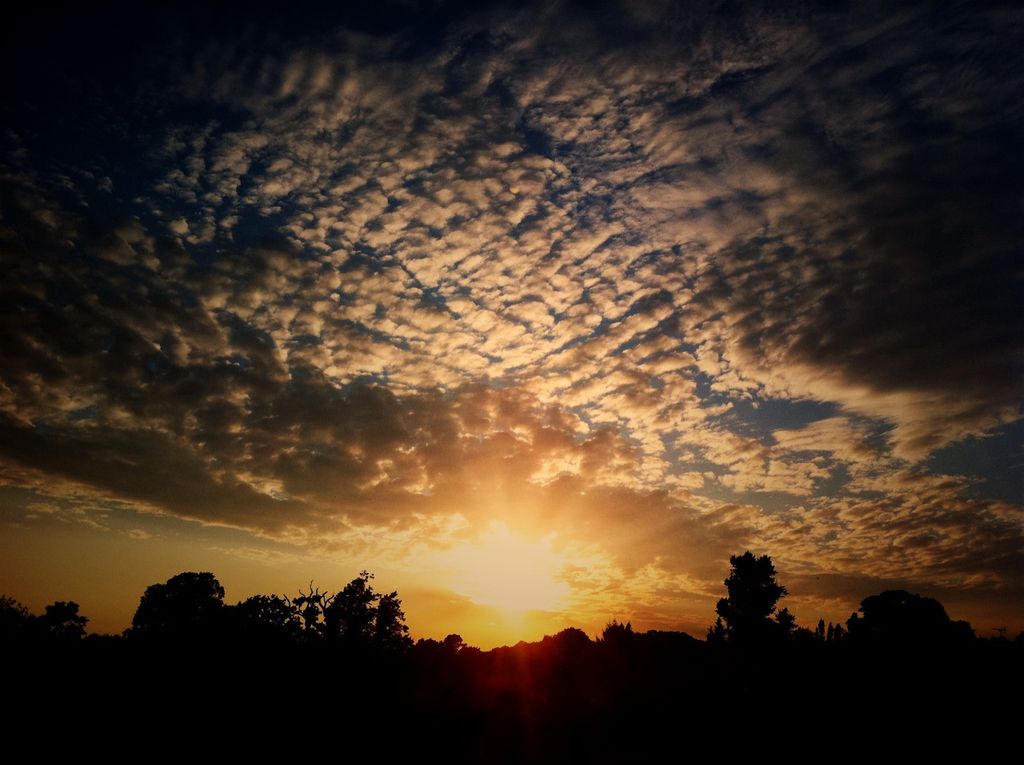Frequency of Rose Watering for Maximum Plant Growth
Rose Watering Guide: Customize Your Regimen to Keep Your Roses Blooming
When you decide to cultivate roses, pictures of vibrant, vigorous blooms in shades of red, magenta, pink, yellow, and white might dance in your mind. Yet, the weather, soil, and watering play crucial roles in ensuring the success of your rose-growing journey. Watering isn't a one-size-fits-all affair; determining the ideal water frequency for your roses depends on factors like the type of soil, planting location, and geographical hub.
Curious about properly hydrating your roses? Dig into this guide on watering frequency, factors influencing watering, and tips for both new and established roses, featuring advice from two horticulture experts—Stephanie Turner and Stephanie Waltz.
- Stephanie Turner is the Horticulture Agent and Master Gardener Coordinator for Greenwood County in South Carolina at Clemson Extension.
- Stephanie Waltz is the Rose Trial Coordinator at Star® Roses and Plants.
The Keys to Water Frequency
Growing circumstances for roses can fluctuate from state to state and even city to city, thanks to microclimates. The US Hardiness plant zone offers information about the types of plants that thrive in your geographical regions. The soil type, such as loamy, sandy, or clay, also plays a part in deciding the watering frequency, not to mention your planting location.
"Watering frequency hinges on several factors like weather, soil type, and the age of the planting," says Stephanie Turner, Clemson Extension's Horticulture Agent and Master Gardener Coordinator for Greenwood County in South Carolina.
Check out the following factors that shape watering frequency:
Soil Type
The soil type is a vital element that helps determine the watering frequency for roses because some soils, such as clay, retain more water than others. "Sandy soils necessitate more frequent irrigation than clay soils," says Turner. "Roses favor loose, well-drained soils." Improve your soil by adding mulch. Over time, the soil organisms will break down and incorporate organic mulches, improving the soil while retaining moisture.
Climate
"The weather significantly impacts how frequently you'll water your roses," says Stephanie Waltz, Rose Trial Coordinator at Star® Roses and Plants. Warmer weather usually demands more water. Dry soil evaporates faster in hotter climates compared to cooler ones. "Newly planted roses struggling with the heat of drought conditions will need the most attention," says Turner.
Planting Location
Choosing to grow roses directly in the ground or in a container may stem from space constraints or preference for the area that receives the most sun. Roses grown directly in the ground generally require less frequent watering because more moisture is retained in the soil. Plus, deeper roots can reach farther down into the soil. "Any time you garden in containers, you'll need to check moisture levels more often," says Turner. Limited soil volume in a container restricts the available space for water.
How Often To Water Roses
Just as newborn babies and puppies have unique requirements, a newly planted rose and an established rose determine the watering frequency. A recently planted rose can be more sensitive as it settles into its new environment; it may need watering daily, up to every 2 to 3 days, depending on the weather conditions.
"Newly planted roses require frequent watering until they're more established," affirms Waltz. Check on them daily during the first couple of months, she adds.
Once roses are more established, they can endure less water. "A good rule of thumb is to ensure that roses receive 1 to 2 inches of water per week during the growing season," says Waltz. If you're uncertain about how much rain has fallen or whether your roses need water, the soil moisture can provide an insight. "Checking the soil and overall look of your rose can be a good indication of when you should water," says Waltz. Insert your finger about an inch into the soil; if it's dry, it's time to water.
Waltz recommends watering deeper and less frequently. "Established plants are much more drought tolerant and can go much longer between watering," says Waltz. Remember, the season matters too. Roses need less water during the colder months. "When plants go dormant in the winter, their needs diminish dramatically," says Waltz.
Watering Roses in Containers and Directly in the Ground
Watering Roses in Containers
Roses grown in containers need more frequent watering because there is less soil available, and moisture evaporates faster. "Containerized roses dry down much more quickly because the roots and soil tend to get much warmer," says Waltz. The type of container, such as a plastic or ceramic pot, also factors into whether you need to water more. Porous pots retain less water and moisture. "Unglazed clay containers lose moisture through the pores in the clay and need to be watered more frequently," says Turner.
Watering Roses Directly In The Ground
Roses grown directly in the ground typically need to be watered less frequently, thanks to their deeper roots, which touch soil moisture further. "In-ground roses usually boast a more extensive root system," says Waltz. She adds, "Established roses can withstand drought-like conditions."
Signs of Overwatering and Underwatering
Checking the soil is the secret to understanding if your roses need extra water. There may be instances when roses may receive too little or too much water. Roses will show signs when things aren't ideal. "Roses receiving too much water might have yellowing leaves spread throughout," says Waltz. Also, you might observe mold or algae growing on the soil's surface.
Under-watering roses is equally problematic. "Under-watered roses may have droopy, crispy leaves with dry soil surrounding them," says Waltz. Additionally, roses that don't receive the necessary water may exhibit stunted growth, she adds.
Correctly Watering Your Roses
Now that you know how often to water roses, there are some considerations for thriving, disease-free roses:
Water At The Base
Water where the stem meets the soil. "Try to water only the base of your plant and not the leaves," says Waltz. "This helps prevent disease." Consider setting up a drip irrigation system, which allows you to choose precisely where water goes. "Drip irrigation is ideal," says Turner. "You can conserve water by placing emitters precisely in the root zone of each plant."
Avoid Overhead Sprinklers
Sprinklers offer convenience, but they might lead to issues such as fungal diseases. "Overhead watering with sprinklers or spray heads causes repeated wetting of the leaves," says Turner. Wet leaves can lead to fungal pathogens such as black spot and rust, she says. If you can't manage without sprinklers, Turner suggests watering in the morning, allowing leaves time to dry out during the day.
Water in The Morning
The time of day matters for your roses. "Morning is the best time to water," says Waltz. Wet leaves can be susceptible to diseases. "Watering in the morning gives the leaves a chance to dry off before the end of the day, which helps prevent fungal diseases," she says.
Add Mulch
Adding mulch safeguards and retains moisture in the soil and reduces watering frequency, especially during the sweltering months. "A few inches of mulch can go a long way in cutting water needs," says Waltz. But remember not to let the mulch touch the plant. "It is crucial to leave a few-inch diameter circle around the base of the plant mulch-free," she says. "This helps prevent rot and disease at the base of the rose while promoting air circulation."
Enjoy healthy, flourishing roses by tailoring your watering schedule with these factors and tips in mind!
- Stephanie Turner, the Horticulture Agent and Master Gardener Coordinator for Greenwood County in South Carolina at Clemson Extension, recommends that watering frequency for roses depends on several factors, including weather, soil type, and the age of the planting.
- According to Stephanie Waltz, Rose Trial Coordinator at Star® Roses and Plants, roses favor loose, well-drained soils and their soil type is a vital element that helps determine the watering frequency because some soils, such as clay, retain more water than others.
- The climate significantly impacts the watering frequency for roses, with warmer weather usually demanding more water and dry soil evaporating faster in hotter climates compared to cooler ones.
- Stephanie Turner suggests that choosing to grow roses directly in the ground or in a container may stem from space constraints or preference for the area that receives the most sun, and roses grown directly in the ground generally require less frequent watering because more moisture is retained in the soil.
- When deciding on the frequency of watering roses, it's essential to understand that newly planted roses may need to be watered daily, up to every 2 to 3 days, depending on weather conditions, while established roses can endure less water and should receive 1 to 2 inches of water per week during the growing season.




